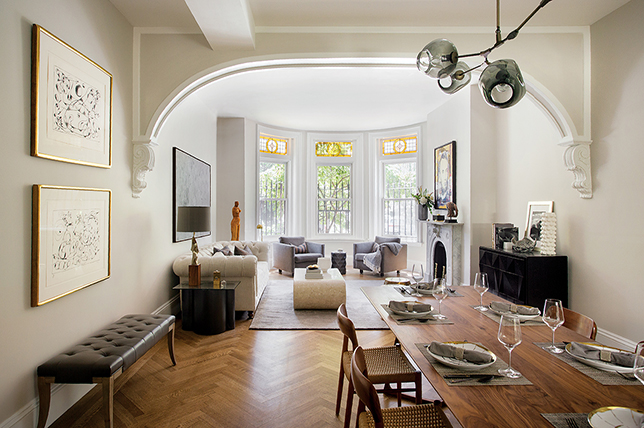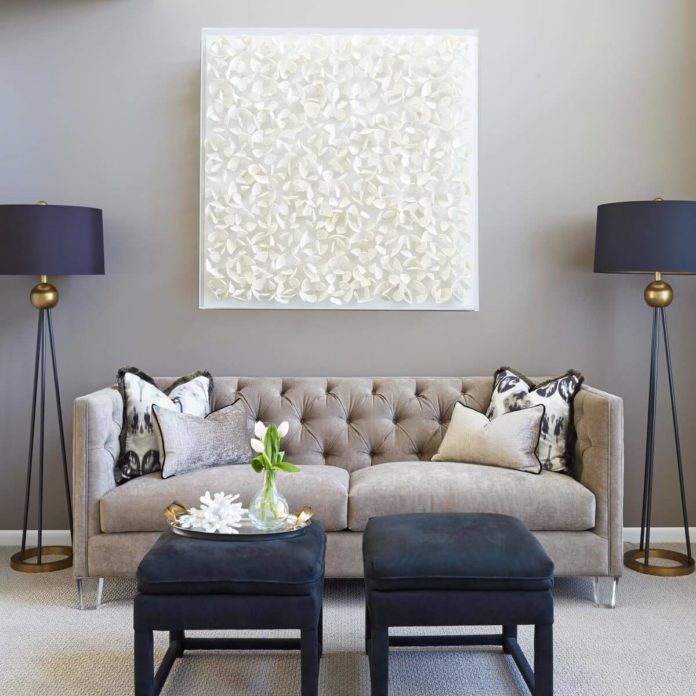 Here’s another term to add to your design glossary. Transitional. It combines the contemporary with the traditional. At the same time embracing soft lines with comfortable furnishings without the fuss of traditional styling. In effect – timeless. Sounds ideal. However, creating a cohesive look between the two styles can be tricky. Even for the most discerning eye.
Here’s another term to add to your design glossary. Transitional. It combines the contemporary with the traditional. At the same time embracing soft lines with comfortable furnishings without the fuss of traditional styling. In effect – timeless. Sounds ideal. However, creating a cohesive look between the two styles can be tricky. Even for the most discerning eye.
It’s worth considering the following tips.
 If you are considering modern furniture in your room, then upholster the seating using traditional fabrics such as velvet.
If you are considering modern furniture in your room, then upholster the seating using traditional fabrics such as velvet.

Try offsetting modern lighting with traditional furniture.
 Wainscoting, in all its glory, is a traditional feature that would not feel out of place in a contemporary space.
Wainscoting, in all its glory, is a traditional feature that would not feel out of place in a contemporary space.
 Positioning a traditional tufted headboard between modern round side tables will also work very well.
Positioning a traditional tufted headboard between modern round side tables will also work very well.
Transitional is pretty much all about balancing the right mix of old and new. Enhance the look further with these key features:
Colour. Transitional style will consist mostly of neutrals allowing the eye to focus on the furniture. Furthermore, neutrals lay the foundation for pops of pastels. This creates a light and airy feel to the space.
Texture is fundamental. Elements such as wood, glass, lacquer, metal, fabric and rattan will add significant dimension. As a result, your room will have its own unique personality.
Accessories should be kept to minimum. Let the furniture and furnishings take centre stage.
Wall art should be few but impactful. Collection of small art pieces is a big no for this style. Remember little or no fuss.
Many of us are already following this style without even knowing it. I’m quite certain most homes possess both styles in some form or other. Look around. It could be a piece of furniture, some art work, a rug or decor accessories. Don’t be afraid to experiment. Tweak it further and really put that stamp on it. Happy styling!



